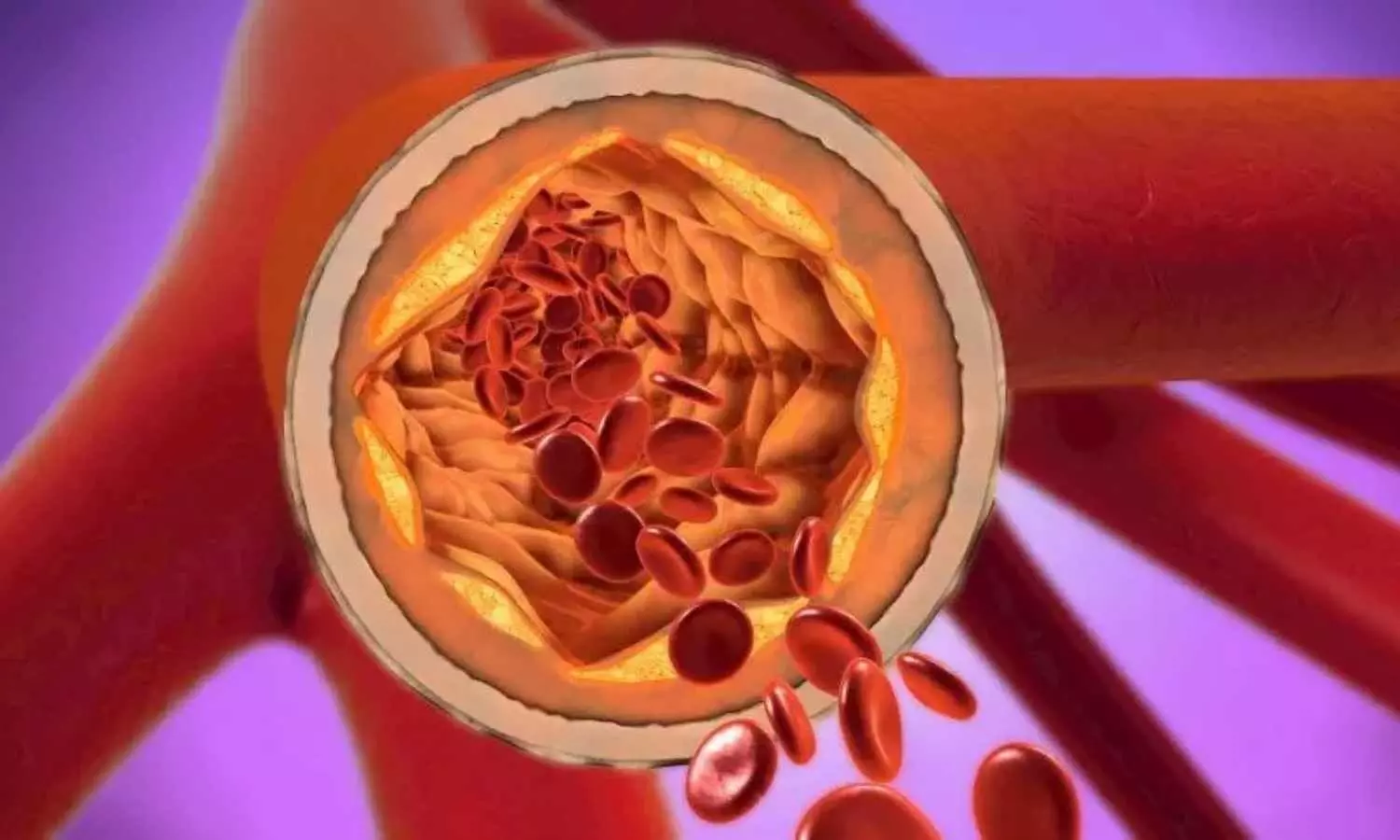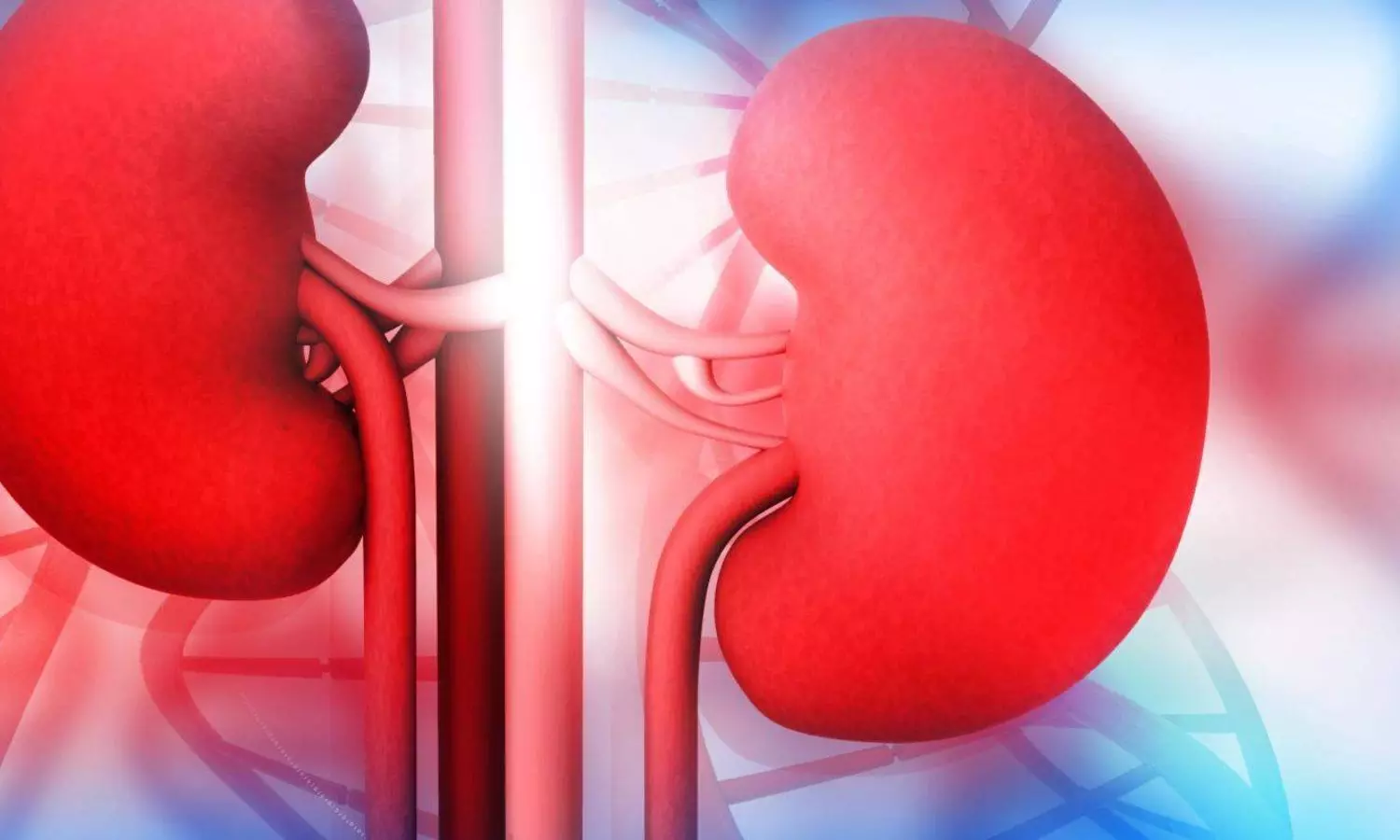
Sweden: A recent study has revealed low birth weight and overweight in young adulthood to be the major developmental determinants of adult type 2 diabetes risk in men.
“They contribute in an additive manner to the risk of type 2 diabetes,” the researchers wrote. “To reduce the risk of type 2 diabetes, young adult overweight should be avoided, particularly in boys with a low birthweight.”
The new research is being presented at this year’s European Congress on Obesity (ECO) in Venice, Italy (12-15 May), and published in Diabetologia (the journal of th European Association for The Study of Diabetes [EASD]).
Having a low birthweight together with being overweight in young adulthood (but not childhood) contributes to the development of type 2 diabetes at an early age (59 years or younger) in men, the study stated.
Notably, the study involving over 34,000 Swedish men, found that those born with a low birthweight (<2.5 kg/5 lbs 8oz) who were also overweight at aged 20 years (BMI >25kg/m²) were 10 times more likely to develop early type 2 diabetes than those with a birthweight in the normal range (2.5-4.5 kg) who were normal weight as young adults (BMI <25 kg/m²).
Importantly, the researchers from the University of Gothenburg and Sahlgrenska University Hospital also found that babies with a low birthweight who were overweight at age 20 years had a 27% absolute risk of developing early type 2 diabetes, compared with an absolute risk of 6% for those with a birthweight in the normal range who were also normal weight at aged 20 years. This suggests that preventing excess weight gain during young adulthood in boys born with low birthweight could reduce the absolute risk of early type 2 diabetes by 21%.
Type 2 diabetes is being diagnosed at progressively younger ages, suggesting that significant risk may begin to accumulate during the developmental period. The association between low birthweight and overweight in childhood and/or young adulthood and type 2 diabetes in adults is already known, but it has been unclear how much influence the combination of these two factors exerts.
To find out more, researchers analysed data from 34,231 men born between 1945 and 1961 involved in the BMI Epidemiology Study (BEST) Gothenburg—a population-based cohort examining the associations between growth and BMI development in early life and the risk of disease in later life.
The researchers analysed birthweight and BMI of participants from school health care records (at the age of 8 years) and from medical examinations on enrolment in the military (at age 20), which was mandatory until 2010.
Participants were followed from 30 years of age until type 2 diabetes diagnosis, death, or emigration, or until 31st December 2019. Information on type 2 diabetes diagnoses was retrieved from Swedish national registers to estimate the risk of early (<59.4 years) and late (>59.4 years) type 2 diabetes. They also examined whether these associations were independent of, or modified by, socioeconomic factors such as level of education.
During an average 34 years follow up (after 30 years of age), a total of 2,733 cases of type 2 diabetes were diagnosed (1,367 cases of early diabetes and 1,366 cases of late diabetes). The analyses found that birthweight below the average (median; <3.6 kg/7lbs 9oz) and overweight at age 20 years (BMI >25 kg/m²), but not overweight at age 8 years (BMI >17.9 kg/m²), were associated with an increased risk of both early and late type 2 diabetes.
Furthermore, low birthweight and overweight in young adulthood were found to have an additive effect on the risk of type 2 diabetes. For example, having a below average birthweight (<3.6 kg/7lbs 9oz), followed by overweight at 20 years of age was associated with a six times greater risk of developing early type 2 diabetes. Whereas a lower birthweight (<2.5 kg/5 lbs 8oz) combined with later overweight at 20 years was linked with a 10 fold greater risk of developing early type 2 diabetes.
Adjusting for education, a known risk factor for type 2 diabetes, did little to change the results.
“Our findings establish low birthweight and overweight in young adulthood as the main developmental determinants, whereas overweight in childhood is of lesser importance for type 2 diabetes in adult men”, says lead author Dr Jimmy Celind, a researcher at Sahlgrenska Academy’s Institute of Medicine at the University of Gothenburg. “The combination of low birthweight followed by overweight at age 20 years is associated with a massive excess risk for early type 2 diabetes, which is substantially higher than the risk associated with low birthweight or being overweight as a young adult separately.”
Co-author Dr Jenny Kindblom from Sahlgrenska University Hospital adds, “It’s possible that the metabolic consequences of fetal growth restriction, which promotes resilience against starvation through fat storage and insulin resistance, when combined with a detrimental BMI trajectory during puberty when the insulin resistance is at a lifetime peak due to the surge of growth and sex hormones, result in an additive excess risk for later type 2 diabetes. Public health initiatives should target boys born with low birthweight to work on prevention of overweight as young adults, to reduce this huge excess risk for early type 2 diabetes.”
The authors acknowledge that the findings are associations only and that the study wasn’t designed to measure direct cause and effect, and point to several limitations, including that the participants were mainly white men which may limit the generalisability of the findings to other ethnicities and women. In addition, the analyses were unable to account for the influence of other known risk factors for type 2 diabetes such as smoking, dietary habits, and physical activity which could have influenced the results.
Reference:
Célind J, Bygdell M, Bramsved R, Martikainen J, Ohlsson C, Kindblom JM. Low birthweight and overweight during childhood and young adulthood and the risk of type 2 diabetes in men: a population-based cohort study. Diabetologia. 2024 Feb 22. doi: 10.1007/s00125-024-06101-y.










